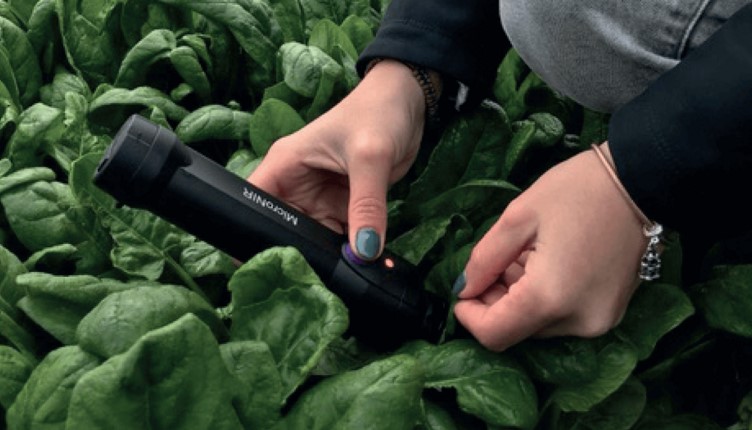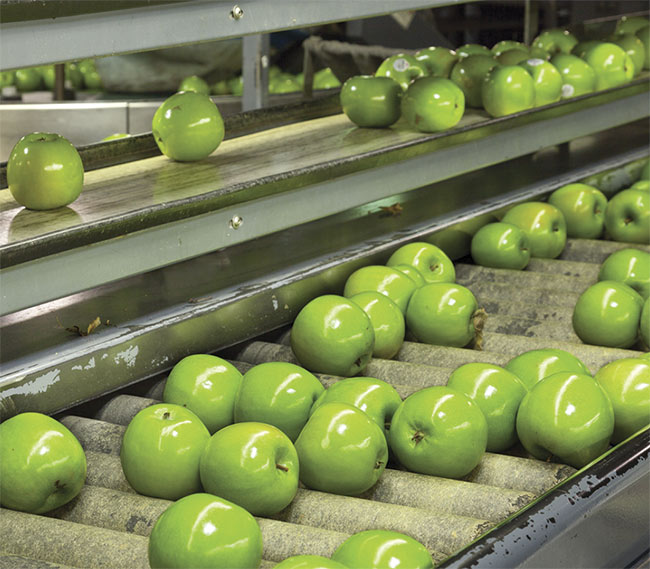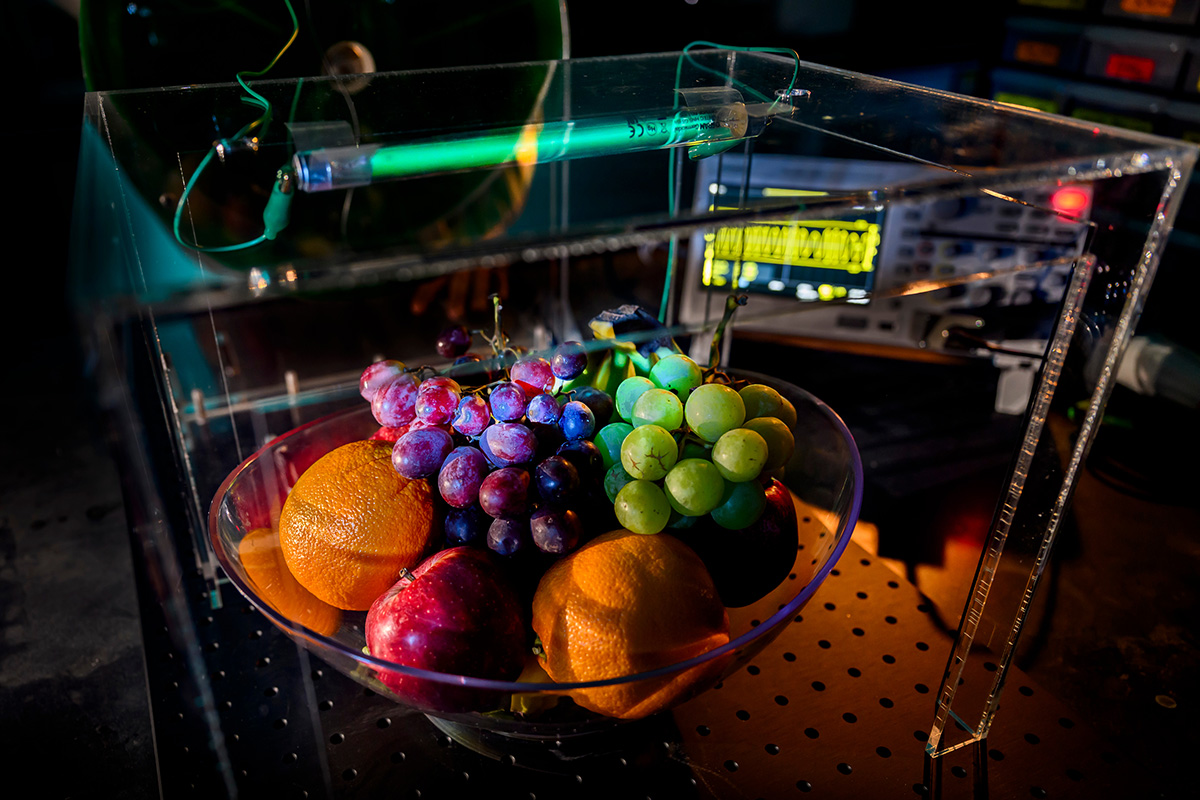Maintaining high standards of food quality and safety is crucial in today's food industry. Consumers expect their food to be safe, fresh, and contaminant-free. Advanced optical technologies play a key role in ensuring these standards throughout production, processing, and packaging. Let's explore how optics, including infrared, visible wavelengths, and ultraviolet, are utilized to uphold food quality and safety.


Infrared Spectroscopy in Food Quality
Infrared (IR) spectroscopy is a valuable tool for analyzing the chemical composition of food. By measuring the absorption of infrared light by different molecular bonds, it provides detailed information about the constituents of food, including moisture, fat, protein, and carbohydrate content.
For example, in the grain industry, near-infrared light is used to assess grain quality for milling and baking. This non-destructive method allows rapid and accurate quality control, making IR spectroscopy essential for ensuring high quality and product safety.




Visible Wavelengths in Food Inspection
Visible light, the portion of the spectrum seen by the human eye, is widely used in food quality and safety inspections. Techniques using visible wavelengths include colourimetry and machine vision systems for inspecting food appearance.
Machine vision systems are crucial in sorting and grading fruits and vegetables. These systems use cameras and image processing software to evaluate the colour, size, shape, and surface defects of produce. Real-time analysis detects defects such as bruising or discolouration, allowing the system to sort produce into different quality grades or remove defective items, enhancing sorting efficiency and ensuring high-quality products.
Ultraviolet (UV) Light in Food Safety
Ultraviolet (UV) light is another optical technology used to maintain food safety. UV light has germicidal properties and is effective in eliminating microorganisms on food surfaces and in processing water without additional chemicals.
UV-C light, with wavelengths between 200 and 280 nanometers, is particularly effective at killing bacteria, viruses, and other pathogens. It disrupts microbial DNA, preventing reproduction and effectively killing them. UV-C disinfection systems significantly reduce contamination risk, enhancing overall product safety.


Combining various optical technologies provides a comprehensive approach to food quality and safety. Integrating infrared spectroscopy, visible wavelength inspection, and UV disinfection creates a robust defence against quality issues and contamination.
Multi-Spectral Imaging: A Holistic Approach
Multi-spectral imaging combines information from different parts of the electromagnetic spectrum, including infrared, visible, and ultraviolet wavelengths. This technique offers a complete picture of food quality and safety.
For instance, multi-spectral imaging systems can simultaneously analyse the chemical composition, appearance, and microbial contamination of food products. This allows for thorough inspections and better quality control.
The Future of Optics in the Food Industry
As technology evolves, the food industry will see more advanced applications of optics. Hyperspectral imaging, which captures data across a wide range of wavelengths, and portable, handheld optical devices will enhance real-time, on-site food quality and safety monitoring.
In conclusion, optical technologies are essential for maintaining food quality and safety. Infrared spectroscopy, visible wavelength inspection, and UV disinfection are just a few examples of how optics ensure that our food is safe, fresh, and high-quality. By advancing these technologies, the food industry can continue to meet consumer demands and uphold stringent safety standards.